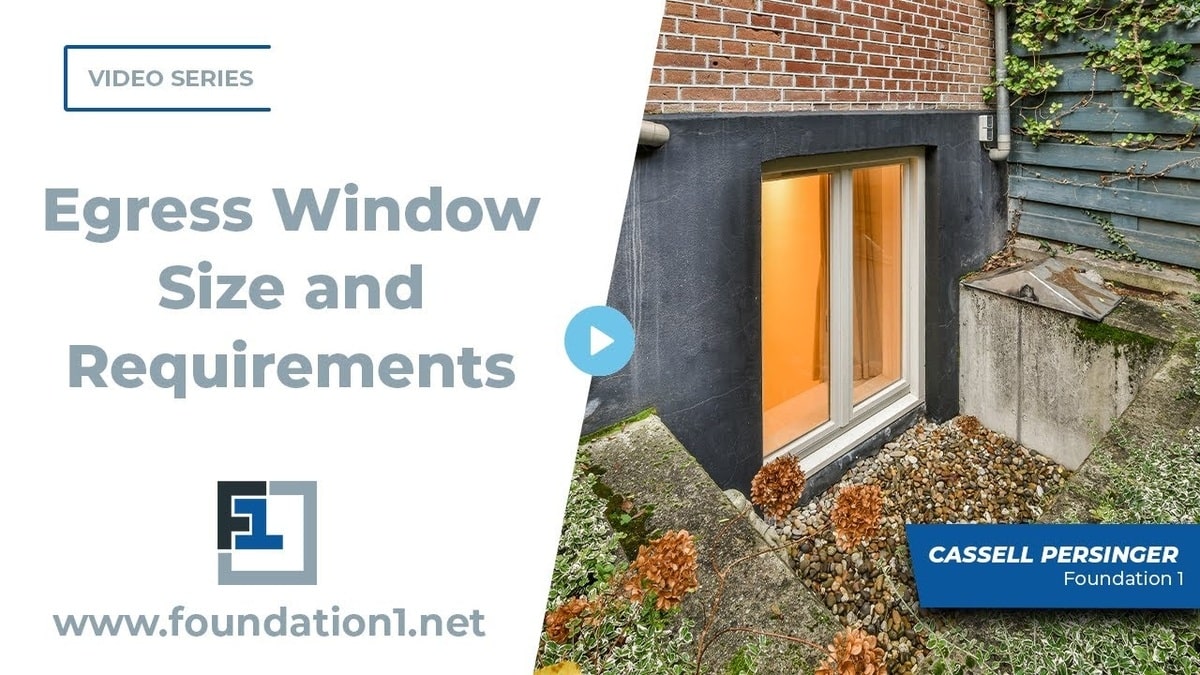What Causes Voids Under Concrete Slabs?
Before filling a void under a concrete slab, it’s crucial to understand the root cause. In most cases, water is the main culprit. Poor drainage around your property can lead to water seeping under the slab, washing away the soil and creating a void. To ensure that your repair lasts, it’s recommended to address any underlying drainage issues before proceeding with filling the void. This proactive step will help prevent future problems and increase the longevity of the repair.
Filling Voids: The Process and Materials
When it comes to filling a void under a concrete slab, there are specific steps and materials to consider. The most common and effective method involves drilling small holes, about 5/8 inches in diameter, into the slab. Through these holes, a material is injected under the slab to fill the void and, if necessary, lift the slab back to its original level.
The recommended material for this process is polyurethane foam. This closed-cell, waterproof material is injected under the slab where it expands, filling the void and stabilizing the slab. Unlike older methods, such as mudjacking, polyurethane foam is not prone to breaking down over time. Even if there’s an underlying issue like erosion or water intrusion, the polyurethane won’t wash out. This makes it a more reliable and long-lasting solution.
Polyjacking vs. Mudjacking: Which is Better?
When deciding how to fill a void under a concrete slab, you might consider whether to choose polyjacking or the more traditional mudjacking method. Here’s a detailed comparison:
- Polyjacking: This modern method uses polyurethane foam, which is a 100% waterproof and durable material. Polyjacking is less disruptive, provides better results, and has a longer lifespan compared to mudjacking. Since the foam is waterproof, it remains stable even if the surrounding soil erodes. This prevents you from needing to repeat the process in the future, making polyjacking more economical in the long run.
- Mudjacking: This older technique involves pumping a mixture of mud, often reinforced with lime aggregate and Portland cement, under the slab. While it can temporarily solve the problem, mudjacking is more prone to breaking down, especially if underlying issues like drainage aren’t addressed. Mudjacking can also be more disruptive and time-consuming compared to polyjacking. Additionally, if the soil under the slab washes away again, the mud can degrade, and the void may reappear.
In summary, while both methods aim to fill voids under concrete slabs, polyjacking offers superior longevity and less disruption, making it the better choice for most homeowners.
Step-by-Step Process for Filling a Void Under a Concrete Slab
Filling a void under a concrete slab might seem like a straightforward task, but it requires careful planning and execution. Here’s a step-by-step guide to the process:
- Identify the Void: The first step is to determine the size and location of the void. This is typically done by drilling small holes in the slab and assessing the area beneath.
- Drill Injection Holes: Once the void’s extent is known, 5/8-inch holes are drilled into the concrete slab at strategic points. These holes will serve as entry points for the injection material.
- Install Injection Ports: Special ports are installed in the drilled holes to ensure that the injection material flows smoothly under the slab without spilling onto the surface. It’s crucial that the material doesn’t get on the concrete, as it’s difficult to remove once it does.
- Inject Polyurethane Foam: With the ports in place, polyurethane foam is injected under the slab. As the foam expands, it fills the void and can even lift the slab back to its original position if it has settled.
- Seal the Injection Holes: After the foam has fully expanded and stabilized the slab, the injection ports are removed, and the holes are sealed with a concrete patch to restore the slab’s appearance.
Why Polyjacking is the Preferred Method
While both polyjacking and mudjacking can fill voids under concrete slabs, polyjacking is generally the preferred method for several reasons:
- Waterproof: The polyurethane foam used in polyjacking is 100% waterproof, ensuring that it won’t degrade over time, even if the surrounding soil erodes.
- Less Disruptive: The process is quicker and less invasive than mudjacking, minimizing disruption to your home or property.
- Longevity: Polyjacking offers a longer-lasting solution, reducing the need for future repairs.
It’s important to note that following the proper steps in the correct order is crucial. If you skip steps or don’t address underlying issues like drainage first, you might find yourself having to repeat the process, which can be costly and time-consuming.
In Summary
Filling a void under a concrete slab is a crucial step in maintaining the structural integrity of your property. While traditional methods like mudjacking are still in use, polyjacking has emerged as a superior option due to its durability, efficiency, and waterproof properties. Remember, addressing underlying issues like drainage before filling the void is essential for a long-lasting repair.
If you’re facing this issue, don’t hesitate to contact us for expert advice and professional service.




